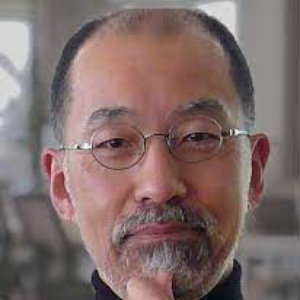Title : True design and characterization of catalyst and photocatalyst materials through electron trap-distribution analyses
Abstract:
How can we design solid photocatalysts? What is the decisive factor controlling photocatalytic activities? So-called bandstructure model (BSM), electrons in a valence band (VB) of a photocatalyst is photoexcited to a conduction band (CB), leaving positive holes in VB, and electrons and holes reduce and oxidize, respectively, substrates adsorbed on the surface of the photocatalyst, does suggest preferable band positions for redox reaction uniquely decided only by crystalline structure. The other possible factors, e.g., particle size and surface structure, cannot be discussed within BSM. Recently, we have developed reversed double-beam photoacoustic spectroscopy (RDB-PAS) which enables measure energy-resolved density of electron traps (ERDT). Those electron traps (ETs) seem to be predominantly located on the surface of almost all the metal oxide particles, with exception of nickel oxide and therefore they reflect macroscopic surface structure in ERDT patterns. Using ERDT pattern with the data of CB-bottom position (CBB), i.e., ERDT/CBB patterns, it has been shown that metal oxide powders can be identified without using the other analytical data such as X-ray diffraction patterns or specific surface area, and similarity/differentness of a pair of metal-oxide samples can be quantitatively evaluated as degree of coincidence of ERDT/CBB patterns. In this talk, a novel approach of material design based on the ERDT/CBB patterns is introduced.


